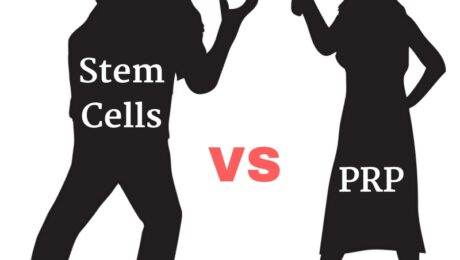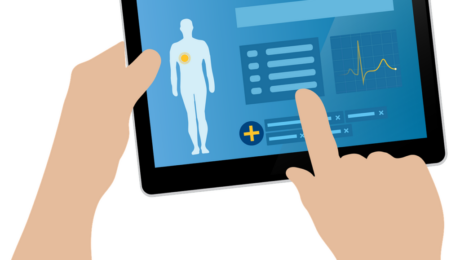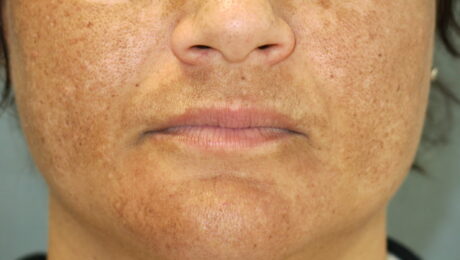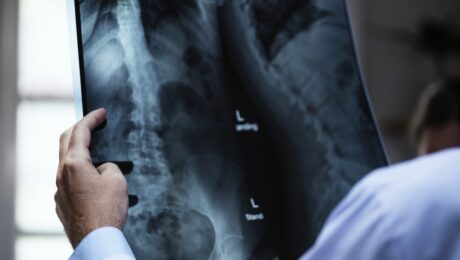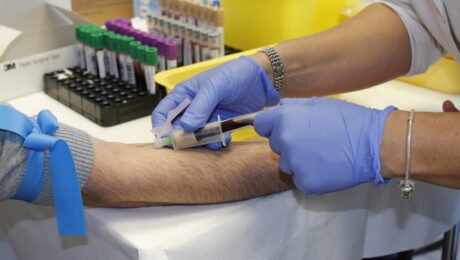In popular media, the term Regenerative Medicine, or Stem Cell Therapy, are becoming buzz words. This is because the field of medicine and healthcare is expanding and advancing every day, and many new treatments for otherwise common ailments are being discovered. These conditions range from burns, joint pain, strain, and pretty much every other common
The entire field of orthopedics is looking for new regenerative technology that can save more patients more safely. Currently there are two contenders: Platelet-Rich Plasma and Stem Cell. While PRP is the safest of the two, it’s really hard to dismiss the remarkable capabilities of stem cell therapy. In fact, I believe it’s the future
Fact: According to research, PRP treatments are one of the most in-demand treatments available in healthcare. This is impressive considering the following. PRP is not supported by the medical industry. No big pharma funding on extensive research or marketing. No medical associations lobbying to increase its awareness. PRP is shunned by the insurance companies. No
Yep, it’s Platelet-Rich Plasma. There has been numerous speculations about which one among the latest Platelet-Rich family was the greatest—is it the plasma or the fibrin or even latest the A-fibrin? That confusion is somewhat over now. Platelet-products are known to facilitate angiogenesis, hemostasis, osteogenesis, and bone growth. But see, the only reason plasma can
Almost all sports medicine doctors would agree that there’s no harm in trying Platelet Rich Plasma Injections (PRP Injections) for their patients. After all, there are hundreds of thousands of cases of positive results. All it needs is research to prove it’s worth. Currently there are many independent researches going on from private funding like
“You start out happy that you have no hips or boobs. All of a sudden you get them, and it feels sloppy. Then just when you start liking them, they start drooping.” Cindy Crawford Just like men associate (some of) their masculinity with the shape and size of their muscles, women associate (some of) their
Platelet-Rich Plasma has a proven record for healing soft-tissues and other living tissues. But can it actually heal the bones itself? This could mean PRP, when applied to an affected area whether it’s an elbow joint or knee or back bone area, actually heals everything within it’s reach including the bones. Is that really why
To understand why stem cell platelet-rich plasma or co-transplantation of Adipose-derived mesenchymal stem cells and PRP, is such a remarkable idea in regenerative medicine, let’s spend a little time looking at the mechanics of PRP. Platelet-Rich Plasma’s Role As Repairmen The one thing that makes Platelet-Rich Plasma a hero in several fields (if not all)




